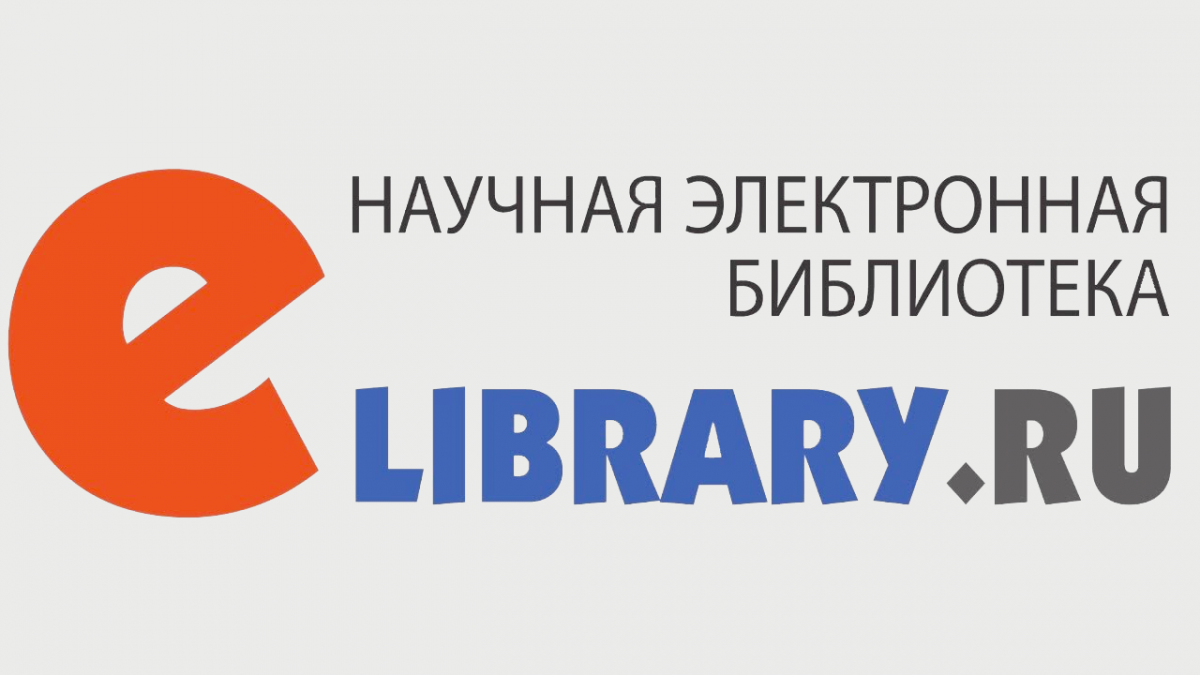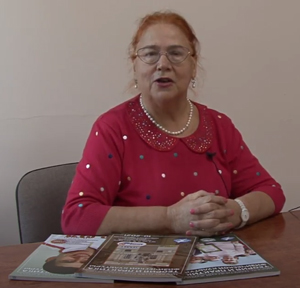Rules for reviewing scientific articles
ˑ:
Dear Authors!
All articles submitted to the editorial board for publication undergo a peer-review process. The review should provide a comprehensive and objective assessment, analyzing the strengths and weaknesses of the submitted article.
The journals "Theory and Practice of Physical Culture" and "Physical Culture: Education, Training, and Upbringing" employ a double-blind (anonymous) peer-review system:
- The reviewer is not provided with the personal details of the author(s).
- The author(s) is not provided with the personal details of the reviewer.
Reviewers are typically invited to review articles if they hold a Candidate of Sciences or Doctor of Sciences degree, possess sufficient experience in scientific work in the field of the article, and are familiar with the requirements set by the journal's editorial board for published materials.
The editorial board strives to avoid any "conflict of interest" between authors and reviewers.
The length of the review is not strictly regulated but usually fits within 1-2 pages of typed text.
Upon submission of a manuscript to the editorial board, all authors are informed about the review process. The names and affiliations of reviewers are not disclosed by the editorial board.
The number of reviews required is determined by the editorial board. Typically, one review is sufficient to make a decision on publication. More than one reviewer may be appointed in cases where the article is interdisciplinary or combines multiple scientific fields. The editor-in-chief may decide to request an additional review after receiving the initial review.
Reviewing articles for the journals "Theory and Practice of Physical Culture" and "Physical Culture: Education, Training, and Upbringing" is unpaid.
Review Process
All manuscripts submitted to the editorial board are registered, after which the editor-in-chief or deputy editor-in-chief reviews them and decides which reviewer to assign.
Once the editor-in-chief approves the reviewer, the executive secretary, in coordination with the reviewer, sends them the article in typed or electronic form (via email) along with a cover letter.
The review process should not exceed one month from the date the article is received by the reviewer.
The reviewer may submit the review in any format or use the form provided by the editorial board. The review text is submitted to the editorial board in typed form with a personal signature or electronically from the reviewer's email address.
The content of the review is considered by the editorial board, which makes one of the following decisions:
- Accept the article for publication without changes.
- Send the article for additional review.
- Return the article to the author for revisions based on the reviewer's comments.
- Reject the article (with mandatory justification).
Authors of articles are required to review the feedback. For this purpose, the executive secretary sends the review text, a cover letter, and the article with the editor's comments requiring revisions to the author(s).
The editorial board does not disclose information about the reviewer.
The review is provided to the author(s) in printed form. The review may also be sent via email with a read receipt notification. Confirmation of receipt by the author(s) is considered acknowledgment of the review.
The author of the article may submit a reasoned disagreement with the review results. The decision on further review of the article is made by the editor-in-chief or deputy editor-in-chief.
If the authors agree with the reviewer's comments, they may make changes to the article and resubmit it. Authors are encouraged to provide a written response to the reviewer's comments. In this case, the review process is repeated. The date of submission is considered the date of the last submission after revisions.
If the comments are minor and require only editorial changes, and with the authors' consent, the article may be accepted for publication.
The final decision on the possibility of publication is made by the editorial board, taking into account the received review(s) and the author(s)' reasoned response.
All reviews are stored in the editorial office in written form for five years. Copies of reviews are sent upon request to the Ministry of Education and Science of the Russian Federation.
Reviewers are informed that manuscripts are the private property of the authors and are considered confidential information.
Content of the Review
The review may be written in any format but must include the following assessments:
- Relevance of the issues addressed in the article.
- Correspondence of the presented results to the stated topic of the article.
- Completeness of the literature review; compliance with the standard format for references.
- Scientific contribution of the authors: presence and significance of new scientific results presented in the article, obtained personally by the author(s).
- Justification of the conclusions.
- Presence of clear and understandable structure.
- Completeness, justification, and correctness of the applied mathematical apparatus and theoretical provisions.
- Correctness of terminology, clarity of presentation, and language style.
- Completeness and clarity of the presented graphical material, use of SI units or other acceptable units of measurement.
All comments should be grouped by points for the convenience of the editorial board and the author(s).
The review should conclude with a recommendation:
- To publish the article without changes.
- To publish the article with revisions (with or without additional review).
- To reject the article.


